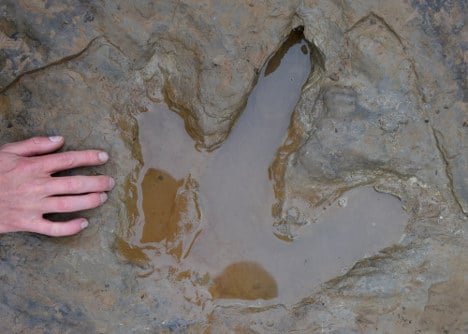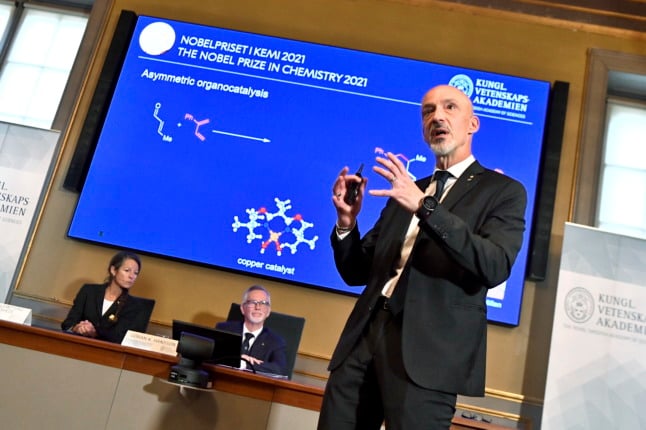The scientists said the tracks belonged to a long-necked dinosaur and are believed to be between 135 and 145 million years old, from the Cretaceous period.
They measure about 1.20 metres in diameter and stretch over 50 metres.
“What is special about the tracks is that they go along for a long distance and then the dinosaur makes a sharp turn – that is exceptional,” said excavation director Benjamin Englich.
He added that the footprints were “astonishingly deep”, measuring 43 centimetres into the ground.
The paleontologists estimate that the dinosaur would have weighed between 25 and 30 tons and had a long neck.
“The foot-shape and type of step taken is very typical for long-necked dinosaurs. They left behind elephant-like footprints,” Englich said.

Photo: DPA.
The Münchehagen Dinosaur Park and the State Museum of Lower Saxony in Hannover said they are preserving the tracks.
The scientists said the quarry has been a great location for finding dinosaur traces due to the rock formations.
They also found the tracks of a Theropoda carnivorous dinosaur, whose predatory claws are discernible in its three-toed footprints.

Photo: DPA.
The Theropoda probably lived several decades after the long-necked dinosaur.
“It is very exciting for us to see the changes in the wildlife, how some dinosaurs disappeared and others came later,” said Richter.
When the dinosaurs roamed during this time, the area had a tropical to subtropical climate.
There was probably a huge lagoon area with numerous islands at that time and the long-necked dinosaur would have roamed around from island to island through the shallow water, looking for food, the scientists said.



 Please whitelist us to continue reading.
Please whitelist us to continue reading.
Member comments